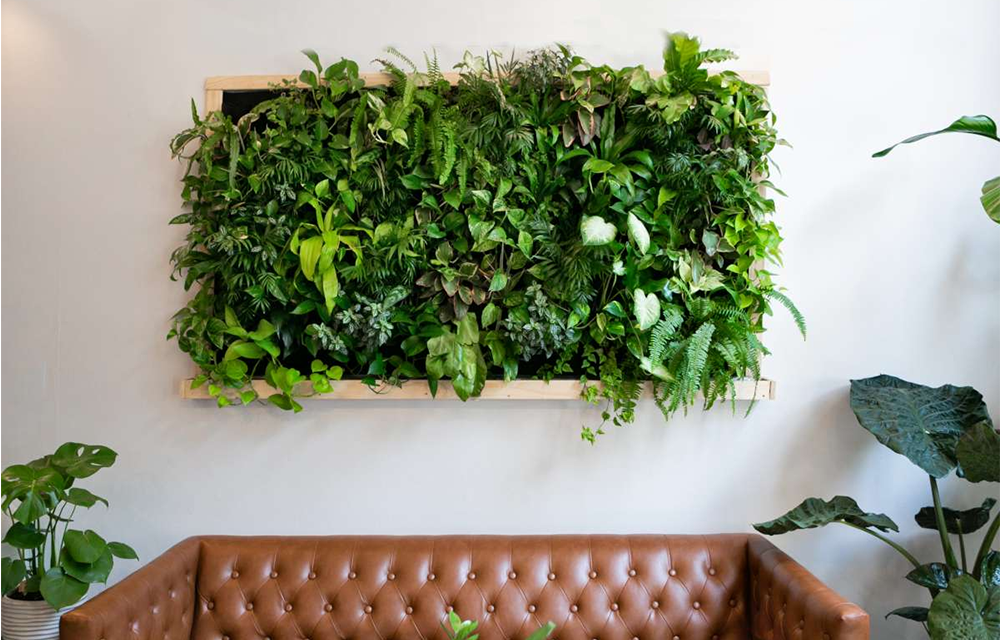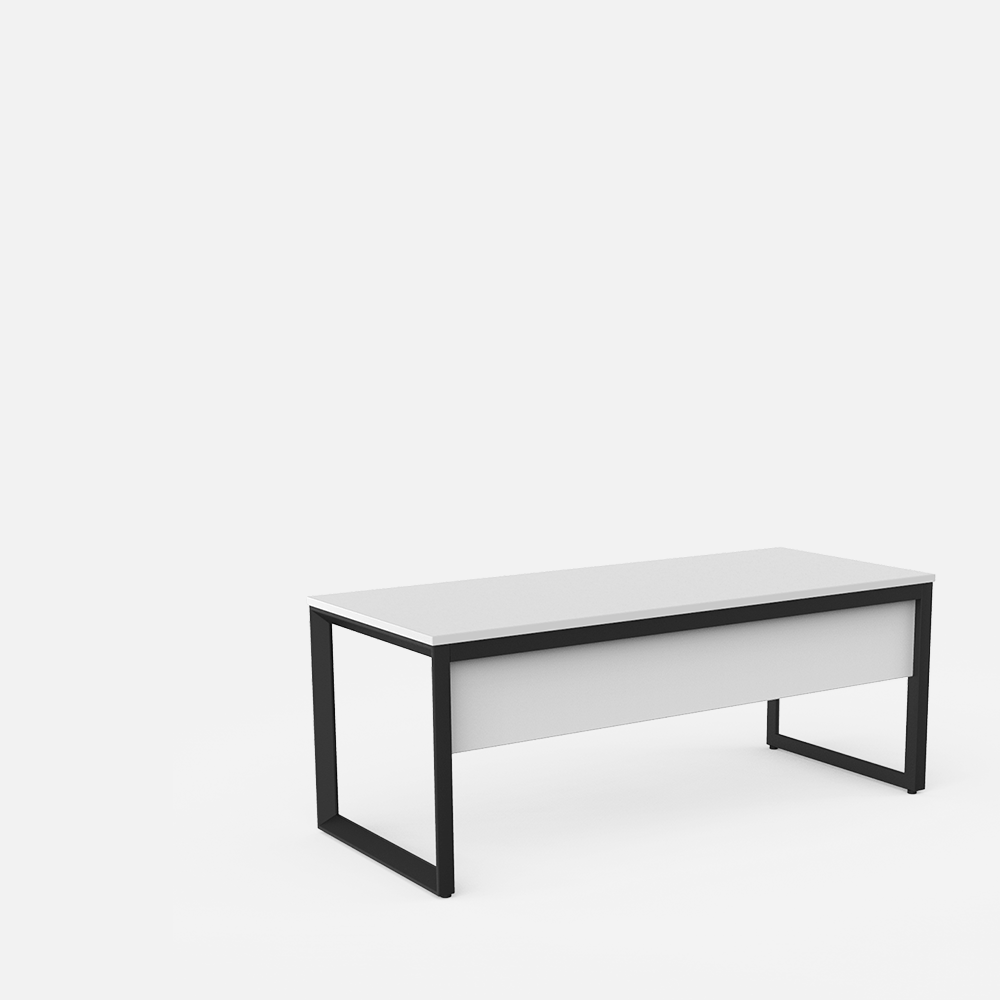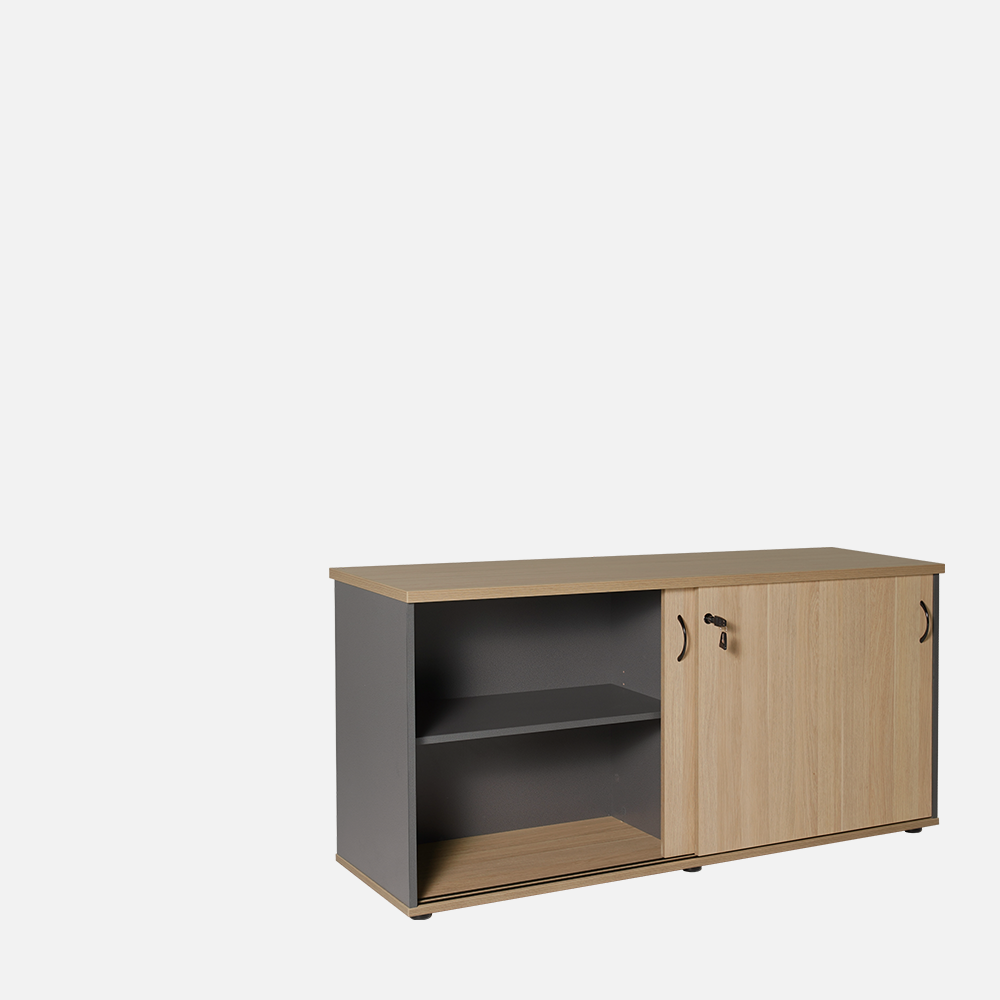Vertical plant walls—also known as living walls or green walls—have become a hot design trend, and it’s easy to see why. They bring a burst of life, texture, and color to any indoor or outdoor space, while also saving valuable floor space. Whether you're sprucing up your living room, balcony, office, or patio, a vertical garden creates a lush, modern look that’s both calming and stylish.
Here are essential design tips to help you create a vertical plant wall that’s beautiful, functional, and easy to maintain.
🌿 1. Choose the Right Location
Before diving into plant choices, determine where your vertical garden will live. Think about:
-
Lighting: Does the wall get direct sunlight, partial shade, or is it indoors?
-
Moisture: Is it in a bathroom, kitchen, or outdoor setting with rain exposure?
-
Wall Strength: Ensure the structure can handle the weight of soil, water, and plants.
💡 Tip: South-facing walls get the most sunlight, while north-facing ones are better for shade-loving plants.
2. Pick a Vertical System That Works for You
There are several ways to build your green wall, depending on your space and budget:
-
Modular Panels: Easy-to-install kits with built-in irrigation
-
Pocket Planters: Fabric or felt systems that hang and hold plants like pockets
-
DIY Shelves or Ladders: Add pots to floating shelves, repurposed ladders, or wooden crates
-
Trellises or Grids: Great for climbing plants like pothos or philodendrons
🛠️ For renters: Choose freestanding or easily removable setups that won’t damage walls.
🌱 3. Select the Right Plants
Your plant selection should reflect the lighting and maintenance level of your space. Mix textures and growth patterns to create a dynamic look:
-
Low-Light (Indoor): Pothos, ZZ Plant, Snake Plant, Ferns
-
Bright Indirect Light: Spider Plant, Peace Lily, Philodendron, Herbs
-
Outdoor (Sun): Lavender, Rosemary, Succulents, Creeping Jenny
🌼 Design Tip: Combine vertical and trailing plants to add dimension and movement.
🎨 4. Create a Cohesive Color Scheme
For a professional look, treat your plant wall like you would a gallery wall:
-
Stick to greens only for a minimal, calming effect
-
Mix in flowering plants for seasonal pops of color
-
Add planters or frames in matching finishes for a unified feel (e.g., black metal, rustic wood)
🖼️ Visual Trick: Use symmetry or geometric arrangements for a polished finish.
💧 5. Plan for Easy Maintenance
The key to a stunning vertical wall is keeping it healthy. Make maintenance part of the design:
-
Install drip irrigation or self-watering systems if possible
-
Group plants with similar water and light needs together
-
Use lightweight potting mix and planters with drainage
🧽 Keep It Clean: Occasionally trim, rotate, and dust the leaves for a fresh, vibrant look.
🏡 6. Enhance the Space Around Your Plant Wall
Make your vertical garden a focal point by styling the space around it:
-
Add ambient lighting like spotlights or LED strips
-
Surround with natural materials like wood, stone, or rattan furniture
-
Include a bench or reading chair to create a relaxing nook
🎯 Design Goal: Let your green wall blend into the décor, not compete with it.
🌟 Final Thoughts
A vertical plant wall isn’t just a design trend—it’s a lifestyle upgrade. It purifies the air, enhances your mood, and turns blank walls into thriving, living art. Whether you’re designing a small kitchen herb wall or an expansive outdoor statement piece, these tips will help you create a green space that looks as good as it feels.
Start small, get creative, and let nature grow up—literally!






Leave a comment
This site is protected by hCaptcha and the hCaptcha Privacy Policy and Terms of Service apply.